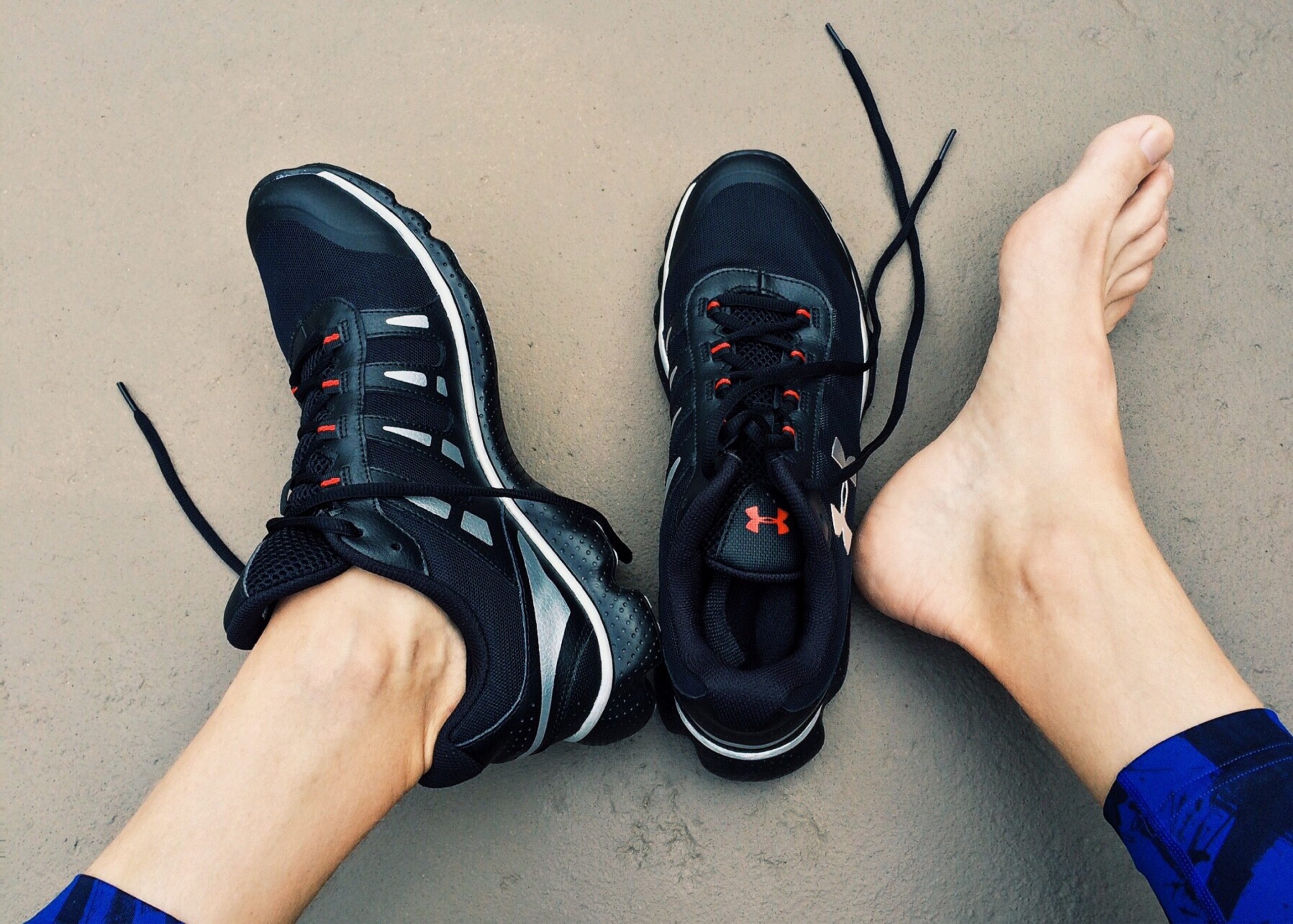
16 Apr The Ultimate 10 top tips for Plantar Fasciitis!
Do you have pain under the sole of your foot that is worst in the morning or after getting up from a period of rest? You may have ‘Plantar Fasciitis’ (more correctly diagnosed as Plantar Fasciopathy). This condition is notorious for having a long recovery period and being prone to being easy to exacerbate. We offer our best 10 tips to help you manage what can be a very painful and frustrating experience.
- See a physiotherapist! Your physiotherapist can assist you in implementing the below strategies and help you coordinate your recovery plan tailored specifically for you.
- Minimise the amount of time you are on your feet, especially in bare feet or unsupportive footwear. Plantar fascia pain is indicative of an overloaded plantar fascia.When the muscles that support the plantar fascia fatigue, the plantar fascia takes up the slack. Although it is a strong structure, if it gets overloaded, it is prone to microtearing. Standing for long periods of time, particularly without any support from shoes will cause the muscles that support the foot to fatigue (assuming that they are even able to activate properly) and overload the plantar fascia
- Strengthen the muscles that offload the plantar fascia. The stronger and more conditioned these muscles are, the longer they can work for you before they fatigue and stress the plantar fascia. Check out fun move Friday for an example of such a move.
- When on your feet, ensure you have supportive shoes, orthotics, rigid taping, or therapeutic compression socks. These passive supports will take up the slack and assist the plantar fascia in taking up the mechanical load once muscular fatigue occurs. You don’t need to have all of them. It is best to consult your physiotherapist and/or podiatrist to determine which strategy would work best for your specific circumstance.
- Avoid unstable surfaces, especially in bare feet. Sorry, but this means walking on the beach is not a good idea when you are in the midst of plantar fasciopathy.This is a surefire way to flare up your pain. If you do have your heart set on walking along the beach, at least consider walking in supportive footwear.
- Avoid running, jumping, or any impact work. Again, these all stress the plantar fascia.
- Monitor your progress with a Load Management Diary. This could entail simply recording how long you were on your feet, what kind of footwear you were in and how bad your symptoms are the next day. Use your pain the next day as a barometer to how acutely exacerbated your plantar fascia is. Over time, you and your physiotherapist can titrate how quickly you can load up your plantar fascia back to normal without risking an exacerbation.
- Get the motor control and stability checked on the leg OPPOSITE to the one with the worst plantar fasciopathy symptoms. As a physiotherapist, I am always looking for the root cause of what is causing somebody’s musculoskeletal problem, particularly when pain comes on seemingly out of nowhere for what appears to be no good reason. When a patient presents with plantar fascia pain, I know they have been overloading their foot. If there hasn’t been any significant increase weight, or increase in the amount of accumulated load by commencing a new activity or being suddenly standing more than they are used to, then I am highly suspicious that they are not stabilising well on their other leg and most likely (and subconsciously) shift a larger proportion of their weight to the leg that stabilises better, but overloads it and creates a plantar fascia overload problem. If we can improve the motor control on the opposite leg, the body will more evenly distribute the load and reduce the burden on the plantar fascia.
- Consider Cold Laser treatment. This can speed up the tissue healing of the plantar fascia.
- If more conservative treatments aren’t quite doing it, consider Extracorporeal Shockwave Therapy. It can be expensive and painful, but it can give a strong healing stimulus to the plantar fascia.This is an option to consider if all else fails.


Call: (02) 6674 4142